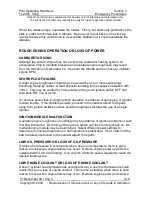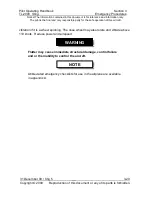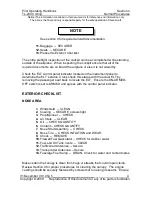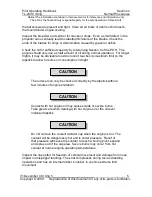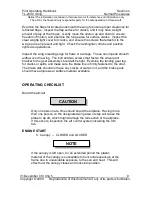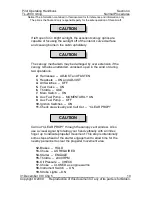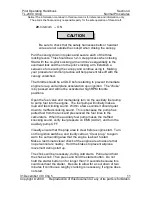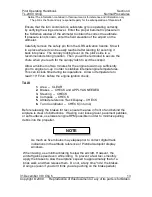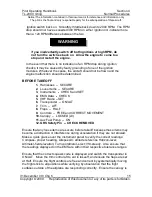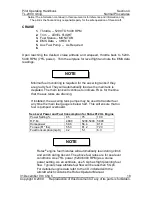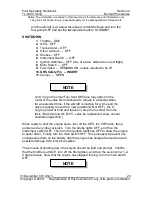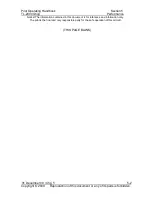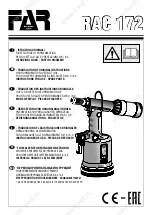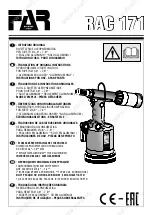
Pilot Operating Handbook
Section 4
TL-2000
Sting
Normal Procedures
Notice! The information contained in this document is for reference and information only.
The pilot is the final and only responsible party for the safe operation of this aircraft.
31 December 09 / Chg 5_____________________________________________12
Copyright © 2009 Reproduction of this document or any of its parts is forbidden.
When the engine fires, ensure the oil pressure rises within 10
seconds. Use the choke as a ‘Mini Throttle’ to maintain acceptable
RPM levels until the engine will idle at 2000 RPM smoothly. Slowly
close the choke, while at the same time slowly adjusting the throttle
as required to keep the RPMs stable. If the engine begins to run
rough, move both the choke and throttle back to their previous
positions, wait a few seconds for the engine to warm up, and then
try closing the choke again.
Always be observant of the oil pressure/temperature and cylinder
head temperatures on the EMS data display during engine
operation.
PRE-TAXI
1.
Oil Pressure -- CHECK
2.
Transponder -- STANDBY
3.
VHF – ON
4.
GPS -- ON
5.
Other Avionics -- ON
6.
Turn Coordinator -- LEVEL
7.
Altimeter -- SET (note any field elevation variance)
8.
Warm Up -- AS REQUIRED
9.
GRS Safety Pin --
REMOVED and STOWED
Rotax
®
advises that a two minute engine warm-up time is
required before takeoff. This two minute warm-up
includes
taxi time.
Check the EMS to ensure at least 12 psi of oil pressure. If no oil
pressure indication exists, shut down the engine and troubleshoot the
problem. Lack of oil pressure can cause serious engine damage. Turn
on the strobe lights to warn the surrounding area of aircraft movement.
Turn the transponder to standby and set the proper radar code for
departure. Turn on the VHF radio and tune to the desired frequency.
Also turn on the GPS and enter the desired information while the aircraft
is
NOT
moving.
CAUTION
NOTE

